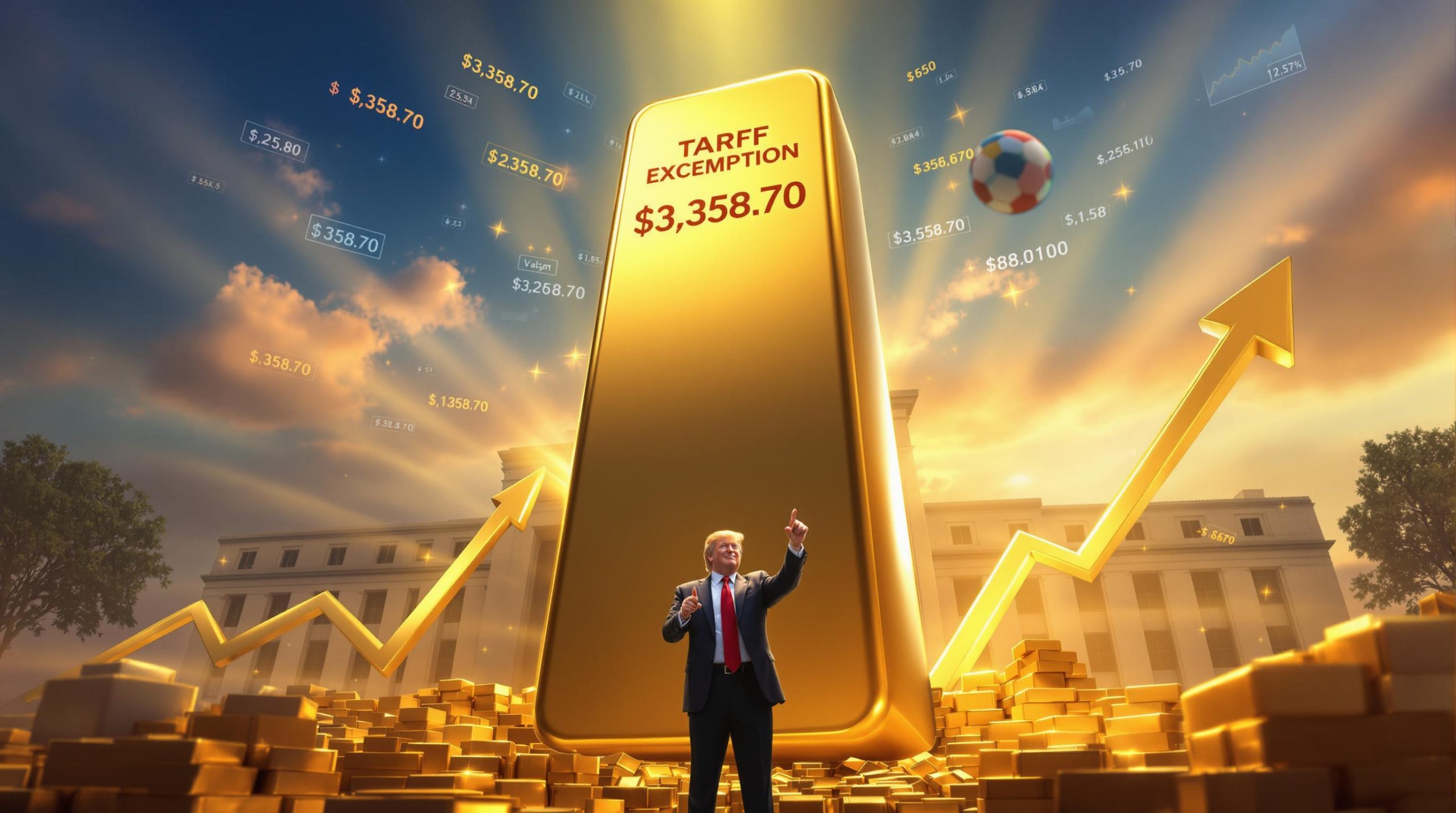What's Happening in the Rare Earth Market?
The rare earth market is currently experiencing a notable divergence in price patterns—a phenomenon experts describe as "market polarization." Light rare earth elements maintain relatively stable pricing while medium-heavy rare earths face significant downward pressure. This contrast reflects deeper structural issues affecting global supply chains and industrial demand.
Trading volumes have plummeted across most rare earth segments, with market participants reporting a significant reduction in both inquiries and completed transactions. According to recent Shanghai Metal Market (SMM) data, the stalemate is particularly pronounced in medium-heavy rare earth trading, where suppliers have resorted to strategic price reductions to test market sentiment.
"We're witnessing a classic supply-demand disconnect," notes a senior analyst at SMM. "Light rare earth stability is primarily anchored by production cost floors, while medium-heavy elements lack similar structural support in the current demand environment."
Current Market Price Trends
The market polarization is clearly visible in pricing data. Light rare earth oxides and metals have maintained remarkable stability despite challenging market conditions. In contrast, medium-heavy rare earth elements continue experiencing incremental but persistent price declines week-over-week.
- Light rare earths (praseodymium, neodymium): Price stability maintained
- Medium-heavy rare earths (dysprosium, terbium): Steady price erosion
- Transaction volume: Down approximately 30% compared to Q1 2025
This pricing divergence creates challenges for producers with mixed rare earth portfolios, as profit margins compress more severely in medium-heavy segments while remaining relatively protected in light rare earth operations.
Why Are Rare Earth Prices Polarizing?
The current price polarization stems from a complex interplay of supply-side strategies and demand-side weakness. Unlike previous market corrections that affected rare earth elements uniformly, today's environment features targeted pressure on specific elements while others maintain price integrity.
Supply-Side Factors
Medium-heavy rare earth suppliers have adopted an increasingly aggressive pricing strategy, actively testing market floors to stimulate demand. This "price discovery" approach reveals supplier anxiety about inventory accumulation and cash flow concerns.
"What we're seeing is classic inventory management tactics," explains an industry consultant with over 20 years in rare earth markets. "Suppliers are strategically lowering quotes on medium-heavy elements to gauge real demand thresholds without triggering broader market capitulation."
Meanwhile, metal processing facilities face significant production cost constraints that effectively create price floors for light rare earths. Manufacturing economics—particularly energy, labor, and environmental compliance costs—make further price concessions economically unfeasible for these processors.
Industry Insight: Production costs for light rare earth processing have increased approximately 15% year-over-year due to stricter environmental controls and higher energy costs, creating natural price support mechanisms.
Demand-Side Challenges
The primary driver behind sluggish trading in the rare earth market remains significantly weakened end-user demand, particularly in magnetic materials manufacturing. Key downstream industries including electronics, automotive, and renewable energy sectors have reduced production outputs, directly impacting rare earth consumption.
Buyers have adopted a pronounced wait-and-see approach, demonstrating:
- Strategic rather than routine procurement
- Resistance to medium-heavy rare earth pricing above certain thresholds
- Willingness to operate with minimal inventory levels
- Opportunistic purchasing only when absolutely necessary
Market psychology plays a critical role, with both buyers and sellers engaged in a complex negotiation dance—suppliers testing lower price points while buyers remain hesitant, anticipating further concessions.
How Are Specific Rare Earth Elements Performing?
Individual rare earth elements are responding differently to current market conditions, with pricing patterns reflecting their unique supply-demand dynamics and industrial applications.
Light Rare Earth Price Analysis
Praseodymium-Neodymium Oxide (Pr-Nd Oxide) has maintained remarkable stability at ¥444,000-446,000 per metric ton despite challenging market conditions. This price resilience stems primarily from production cost floors that make further supplier concessions economically unviable.
Similarly, Praseodymium-Neodymium Alloy continues holding steady in the ¥543,000-547,000 per metric ton range. The alloy's critical role in high-performance permanent magnets for electric vehicles and wind turbines provides fundamental demand support despite current market headwinds.
Lanthanum-Cerium Alloy, used in metallurgical applications and catalytic converters, remains anchored in the ¥17,000-19,000 per metric ton band. Its relatively low price point and diverse industrial applications have helped maintain consistent, if modest, demand levels.
Technical Detail: Light rare earths benefit from more established processing infrastructure, with larger economies of scale and more efficient extraction methods compared to their medium-heavy counterparts.
Medium-Heavy Rare Earth Price Analysis
Dysprosium Oxide has experienced continued price erosion, recently slipping to ¥1.615-1.625 million per metric ton. This high-value element, crucial for enhancing coercivity in permanent magnets for high-temperature applications, faces disproportionate pressure from manufacturing slowdowns.
Terbium Oxide shows a similar pattern with quotes pulling back to ¥7.1-7.13 million per metric ton. Despite its essential role in phosphors and magnets, terbium demand has weakened considerably as downstream manufacturers reduce production schedules.
Dysprosium-Iron Alloy prices have declined to ¥1.56-1.58 million per metric ton, reflecting both the raw material price reduction and weaker immediate demand from magnet producers. The alloy serves as a critical feedstock for neodymium-iron-boron (NdFeB) magnet manufacturing.
Terbium Metal has shown relatively better price stability at ¥8.8-8.85 million per metric ton, largely due to its specialized applications and more constrained supply chain. However, transaction volumes remain extremely limited.
Stable Performance Elements
Several medium-rare earth elements have maintained price stability despite the broader market weakness:
- Gadolinium Oxide: Steady at ¥160,000-162,000 per metric ton, supported by diverse applications in medical imaging, nuclear reactors, and microwave technologies
- Holmium Oxide: Stable at ¥514,000-518,000 per metric ton, with specialized applications in fiber optics and lasers providing demand stability
- Erbium Oxide: Fluctuating between ¥300,000-305,000 per metric ton, showing more volatility due to thinner market liquidity and speculative trading
These more specialized elements demonstrate that market weakness is not uniform across all rare earth categories, with niche applications providing demand resilience for certain elements.
What's Driving the Sluggish Trading Environment?
The current sluggish trading environment in rare earths stems from a convergence of manufacturing sector challenges and deteriorating market sentiment that has created a self-reinforcing cycle of reduced activity.
Manufacturing Sector Challenges
Magnetic material enterprises—the primary consumers of high-value rare earths—have significantly reduced their production outputs in response to weaker end-market demand. Operating at lower capacity utilization rates, these manufacturers have naturally reduced their raw material procurement.
"The magnetic materials sector is experiencing its most significant demand contraction since 2020," observes an industry analyst tracking manufacturing output. "Production facilities that were running at 90%+ capacity last year are now operating at 65-70%, directly impacting rare earth consumption."
This manufacturing slowdown reflects broader challenges:
- EV Production Adjustments: Major automakers have revised production targets downward amid softening consumer demand
- Renewable Energy Project Delays: Wind turbine installations have slowed, reducing demand for NdFeB magnets
- Electronics Sector Weakness: Consumer electronics manufacturers have reduced output amid inventory corrections
These manufacturing challenges directly translate to reduced rare earth consumption, particularly affecting medium-heavy elements used in specialized applications.
Market Sentiment Indicators
Market psychology has turned decisively cautious, with multiple sentiment indicators pointing to continued hesitation:
- Inquiry Volume: Market inquiries have fallen approximately 40% compared to early 2025 levels
- Transaction Frequency: Completed transactions occur at roughly half the normal rate
- Quote Response Time: Buyers taking significantly longer to respond to supplier price quotes
- Contract Duration: Preference for shorter-term commitments over long-term supply agreements
This deteriorating sentiment creates a negative feedback loop—buyers delay purchases anticipating further price declines, which reduces transaction volumes, which in turn prompts suppliers to test lower prices, reinforcing buyer hesitation.
Market Psychology Insight: "We're seeing classic risk-averse behavior across the supply chain," notes a procurement specialist. "Buyers are prioritizing capital preservation over inventory security, betting that future prices will be lower or at least stable."
How Does This Compare to Historical Rare Earth Market Patterns?
The current rare earth market polarization represents a departure from typical historical patterns, which have generally featured more uniform price movements across the element spectrum.
Cyclical Market Behavior Analysis
Unlike previous corrections where prices moved in relative tandem, today's divergence between light and medium-heavy rare earths suggests structural changes in market fundamentals. Historically, rare earth price cycles have followed predictable patterns:
- 2010-2011: Market-wide price spike following China's export restrictions
- 2015-2017: Broad-based correction across most elements as supply constraints eased
- 2020: Pandemic-induced demand shock affecting all segments roughly equally
- 2022-2023: Recovery phase with relatively uniform price appreciation
The current polarized price behavior suggests a more sophisticated market with element-specific dynamics rather than the monolithic movements of previous cycles.
Historical Context: "Previous rare earth corrections typically lasted 8-12 months before finding price stability," explains a market historian. "The current polarization suggests we may see different recovery timelines for light versus medium-heavy elements."
Supply-Demand Balance Evolution
The market's evolution reflects significant changes in both production capacity and consumption patterns:
- Production Capacity: Light rare earth mining capacity has expanded more aggressively than medium-heavy capacity
- Processing Technology: Separation efficiency improvements have reduced production costs for certain elements
- Demand Diversification: End-use applications have become more specialized, creating element-specific demand profiles
- Stockpile Management: Strategic reserves have grown more sophisticated, with critical minerals supply chain considerations now playing a more important role
These structural changes help explain why different rare earth categories now respond differently to market pressures, rather than moving in concert as they often did historically.
What Can We Expect in the Near Future?
Market analysts predict continued price polarization in the rare earth sector through at least Q3 2025, with potential stabilization emerging toward year-end as industrial demand potentially recovers.
Short-Term Market Outlook
In the immediate term, rare earth prices are expected to maintain their current trajectory—stability for light rare earths and continued gentle erosion for medium-heavy elements. Trading volumes will likely remain suppressed until definitive signs of end-use demand improvement materialize.
"We don't anticipate significant price recovery before Q4 at the earliest," notes a senior market analyst. "The current supply-demand imbalance needs time to work through the system, particularly for medium-heavy elements where inventory levels remain elevated."
Key indicators to monitor for potential market strengthening include:
- Increased inquiry frequency from magnetic material manufacturers
- Longer procurement contract durations (signaling confidence)
- Stabilization of supplier price testing behavior
- Improved capacity utilization in downstream manufacturing
- Reduced buyer hesitation in responding to quotes
These signals would suggest the market has found a temporary equilibrium point from which recovery could begin.
Sector-Specific Projections
Different rare earth segments face varying outlooks:
- Light Rare Earths: Expected to maintain current price stability supported by production cost floors, with minimal additional downside
- Medium-Heavy Rare Earths: May experience further modest price adjustments before finding stability, with potential for 5-10% additional erosion
- Alloy Markets: Likely to follow raw material price trends, with processing margins remaining under pressure
The recovery sequence will likely begin with increased transactions at current price points before any meaningful price appreciation occurs—volume recovery typically precedes price recovery in commodity markets.
Expert Projection: "Light rare earths have essentially reached their production cost floor, while medium-heavy elements may have another 5-7% downside before finding similar support levels," suggests a commodities analyst specializing in critical minerals transition.
FAQ: Understanding the Rare Earth Market
What's causing the price polarization in rare earth markets?
The price polarization stems primarily from the combination of weakened end-use demand affecting medium-heavy rare earths more severely, while light rare earths maintain stability due to production cost pressures faced by metal processing facilities. Light rare earths also benefit from broader industrial applications, providing more diverse demand sources compared to the more specialized medium-heavy elements.
How are magnetic material manufacturers responding to current market conditions?
Magnetic material enterprises have significantly reduced their procurement of medium-heavy rare earths due to weakened end-use demand, particularly from the EV and renewable energy sectors. They've adopted a pronounced wait-and-see approach, operating with minimal inventory levels and showing strong resistance to prices they consider above market fundamentals. Many have shifted to just-in-time purchasing rather than maintaining significant buffer stocks.
What indicators should investors watch for potential market recovery?
Key recovery indicators include increased inquiry volumes from end-users, higher transaction frequencies at current price points, reduced supplier price testing behavior, and improved demand signals from downstream manufacturing sectors. Additionally, watch for lengthening procurement contract durations and decreased buyer response times to supplier quotes—both suggesting returning market confidence.
How do current rare earth prices compare to historical levels?
Current prices represent a significant adjustment from 2023-2024 peaks, particularly for medium-heavy rare earths. For example, dysprosium oxide prices have declined approximately 18% from their 2023 highs, while terbium oxide has seen a 15% reduction. Light rare earths show more modest adjustments, with praseodymium-neodymium oxide down only about 7% from recent peaks, demonstrating their relative resilience.
What impact might this market polarization have on rare earth mining operations?
Mining operations focused on medium-heavy rare earth elements face potential profitability challenges if prices continue declining, potentially leading to production adjustments or consolidation in the sector. Projects with higher operating costs may face temporary closure or reduced output, while those with balanced portfolios of light and medium-heavy elements will likely navigate current conditions more successfully. New project development may face delays as financing becomes more cautious in the current price environment.
Key Market Data: Rare Earth Price Comparison
| Element | Current Price (Yuan/mt) | Recent Trend | Market Status |
|---|---|---|---|
| Pr-Nd Oxide | 444,000-446,000 | Stable | Firm quotes, sluggish trading |
| Dysprosium Oxide | 1,615,000-1,625,000 | Slight decrease | Active price testing |
| Terbium Oxide | 7,100,000-7,130,000 | Slight decrease | Reduced trading volume |
| Gadolinium Oxide | 160,000-162,000 | Stable | Limited market activity |
| Holmium Oxide | 514,000-518,000 | Stable | Minimal price fluctuation |
| Erbium Oxide | 300,000-305,000 | Fluctuating | Continued price volatility |
| Pr-Nd Alloy | 543,000-547,000 | Stable | Cost-driven stability |
| Dysprosium-Iron Alloy | 1,560,000-1,580,000 | Decreasing | Downward price pressure |
| Terbium Metal | 8,800,000-8,850,000 | Stable | Limited transactions |
| Lanthanum-Cerium Alloy | 17,000-19,000 | Stable | Low but consistent demand |
Investor Perspective: Rare earth markets require patient capital during periods of sluggish trading in the rare earth market. Historical patterns suggest that demand recovery, when it comes, can lead to rapid price appreciation particularly for elements with constrained supply chains.
Market Insight: The distinction between light and heavy rare earths extends beyond their atomic weights to their geological distribution, processing requirements, and end-use applications—factors that increasingly drive their independent price behaviors in modern markets.
Supply Chain Consideration: Chinese production still dominates global rare earth supply, with over 80% market share in many processing segments. This concentration amplifies the impact of domestic Chinese demand fluctuations on global prices.
Further Exploration: Readers interested in learning more about mining trends and innovation or the latest rare earth breakthrough technologies can explore related educational content from Shanghai Metal Market, which offers additional perspectives on rare earth pricing and market analysis.
Disclaimer: This market analysis reflects current conditions as of publication date. Rare earth prices are subject to rapid changes based on industrial demand, policy decisions, and global economic factors. Investors should conduct thorough due diligence before making investment decisions in this specialized commodity sector.
Looking for the Latest ASX Rare Earth Discovery Opportunities?
Stay ahead of the market with real-time alerts on significant rare earth discoveries through Discovery Alert's proprietary Discovery IQ model, which instantly transforms complex mineral announcements into actionable insights. Explore historic returns from major mineral discoveries by visiting the dedicated discoveries page and position yourself to capitalise on the next major rare earth opportunity.




